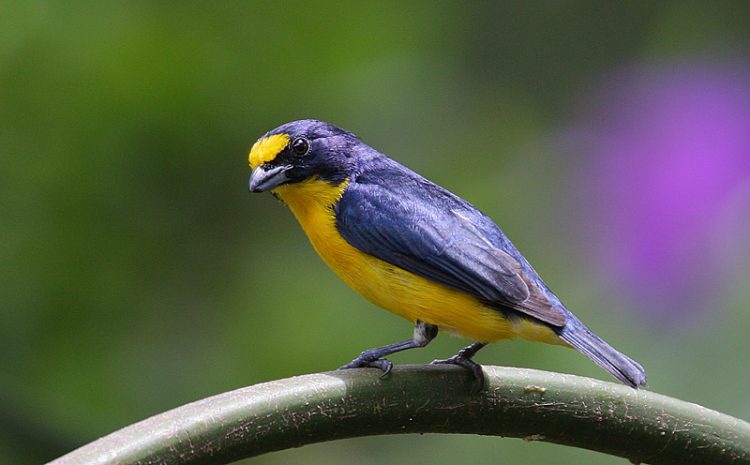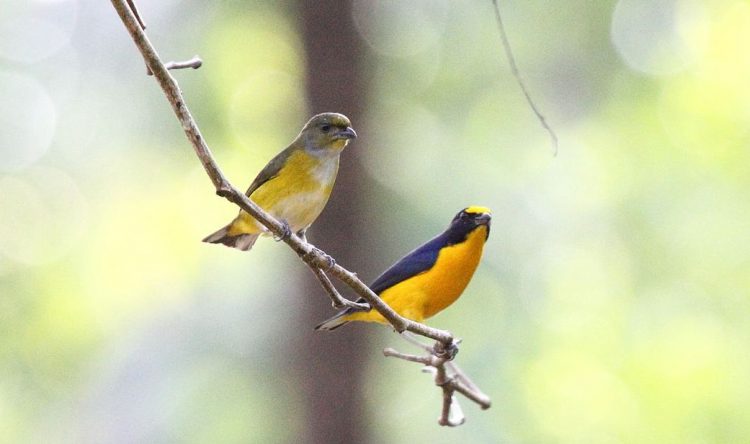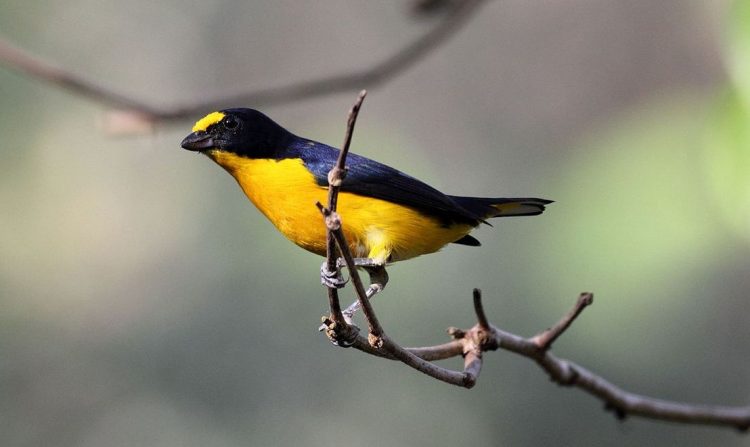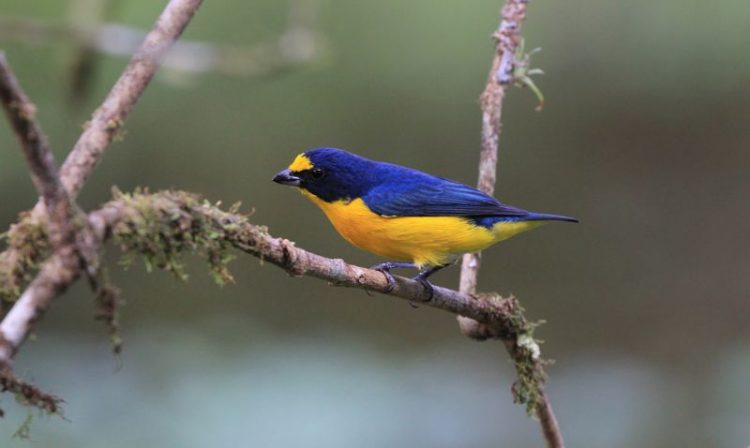Gray butcherbird – “Cracticus torquatus”
SUBFAMILY - Cracticinae
TAXONOMY
Lanius torquatus Latham, 1802, Port Jackson (Sydney), Australia. Three, possibly four subspecies; one large and dark with reduced white in wing in Tasmania (Cracticus torquatus cinereus), another small and dark with reduced white in wing in coastal southeastern Australia between the New South Wales-Queensland border and Melbourne (nominate torquatus), and a third (that may comprise east and west forms) small and paler with extensive white in wing throughout southern and inland Australia from the west coast to coastal Queensland south of Cape York Peninsula (C. t. leucopterus). The gray butcherbird forms a superspecies with the silver-backed butcherbird (C. argenteus) of northwestern Australia and the black-backed butcherbird (C. mentalis) of Cape York Peninsula and dry sectors of southeastern New Guinea.
OTHER COMMON NAMES
French: Cassican à collier;
German: Graurücken-Würgatzel;
Spanish: Pájaro Matarife Gris.
DESCRIPTION
Primary and tall secondary rainforests, particularly along edges and around openings such as tree falls, stream edges, and road cuttings. Densities have been estimated at two birds per 25 acres (10 ha) in suitable habitat. Widely but sparsely distributed year-round residents; solitary, in loose pairs or small family groups of three to five. Live mostly on top of forest canopies, perching upright and motionless for long periods on exposed vantage perches, from which they fly out in extended sallies. From perches and in flight, birds utter distinctive territorial and advertising calls at regular intervals; calls are a series of three or so well spaced mechanical double clicks over four to five seconds. At perches, the singer throws its head violently up and down at each click. Other calls include a harsh monarch-like wheeeit, possibly in warning or agitation, and a seldom-heard wrenlike twittering.
FEEDING ECOLOGY AND DIET
Apparently wholly insectivorous, birds capture food in the air and from the surface of foliage with the bill on sallying flights. Most foraging is done in and above the forest canopy but sometimes extends to lower strata. Food, including dragonflies, beetles, grasshoppers, and other flying insects, is swallowed whole at a perch, without much beating.
REPRODUCTIVE BIOLOGY
Data lacking on timing and duration of events and respective parental contribution. Nests are small, compact cups of twigs and rootlets built-in often exposed positions in horizontal tree forks at the ends of branchlets at 20–115 ft (6–35 m) above the ground; and eggs, usually one per clutch, are cream to pale buff, with a ring of black-brown spotting at the larger end.
PHYSICAL CHARACTERISTICS
10–12 in (25–30 cm); 2.8–4.0 oz (80–110 g). Medium-sized bull-headed bird with tapered body and black-, gray-, and white-patterned plumage. Head black with white lore spot (between eye and upper bill) and collar, back gray, rump white, tail and wings black with white tips and stripes respectively, and undersurface uniformly grayish white. Eyes dark brown, feet gray, and bills bicolored, with a black tip and gray-white base. Females are usually grayer-breasted and shorter billed than males. Juveniles dull-gray-billed and dully patterned, with dusky-olive and speckled upper parts and yellowish underparts.
DISTRIBUTION
Most of southern and inland Australia north to 20°S, including Tasmania but excluding treeless deserts.
HABITAT
Closed woodland and open forest of eucalypts and acacias, including mallee (Eucalyptus) and mulga (Acacia) scrubs, where the space between tree crowns is about the size of the crowns themselves. Densities range from one bird to about 12 to 49 acres (5–20 ha) in suitable habitat.
BEHAVIOR
Retiring and solitary, in pairs or small family groups, gray butcherbirds live in the mid-and upper strata of trees, spending much of their time perching still and coming to ground only to pounce on prey. They are sedentary, with pairs holding the same territory, 20–99 acres (8–40 ha), year-round, with a larger home range. Both male and female duet antiphonally in songs of fluted whistles and ringing caws, which are also given in alarm and aggression.
FEEDING ECOLOGY AND DIET
Gray butcherbirds are raptorial perch-pouncers, watching from tree perches at 6.5–40 ft (2–12 m) up, then swooping down to ground or branches to snap up prey, which is mostly insects but also small birds, nestlings, reptiles, and mice. Fruit also contributes to the diet. Food is carried back to perch, wedged in crannies or forks and torn apart with the bill for eating; the small weak feet are not used for tethering prey.
REPRODUCTIVE BIOLOGY
Monogamous, forming pair bonds in breeding territories reinforced by much duetting during early breeding. Gray butcherbirds breed mostly between July and August and December and January throughout their range. The nest, a rough but tight cup of twigs lined with finer, often reddish fiber, is placed in upright forks in outer foliage at 10–50 ft (3–15 m) up and takes about four weeks to build. Eggs, in clutches of three to five, are 1.20–1.25 x 0.85–0.95 in (30–32 x 22–24 mm), brownish-green, and finely freckled in red browns, often in a zone around the larger end; they hatch in 22–24 days. The Female builds the nest and incubates unaided, while the male defends the territory. He may assist her in feeding young, which fledge around four weeks. Usually, only one brood is reared per year.
CONSERVATION STATUS
Not threatened, although many populations have declined locally because of habitat clearing and alienation.
SIGNIFICANCE TO HUMANS
Some local populations frequent camping sites, feeding on scraps and garbage thrown out by campers. They are called commensals in such circumstances because they benefit from a close association with humans.













 The Yellow-throated euphonia ranges from southern Mexico to western Panama, through the lowlands of both coasts and into the highlands to an altitude of possibly 4000 feet above sea level.
The Yellow-throated euphonia ranges from southern Mexico to western Panama, through the lowlands of both coasts and into the highlands to an altitude of possibly 4000 feet above sea level. The male and female worked in the closest harmony. Usually, they arrived together, each with a length of the grass blade in its bill.
The male and female worked in the closest harmony. Usually, they arrived together, each with a length of the grass blade in its bill. The male is a brilliant little bird, black glossed with violet and blue over all the upper plumage except the forehead and forepart of the crown, which bright yellow like the entire underparts are.
The male is a brilliant little bird, black glossed with violet and blue over all the upper plumage except the forehead and forepart of the crown, which bright yellow like the entire underparts are. From the other black and yellow euphonias that inhabit northern Central America.
From the other black and yellow euphonias that inhabit northern Central America. Yellow-throated euphonia wander widely through clearings and plantations with scattered trees, where they feed largely on the berries of mistletoes.
Yellow-throated euphonia wander widely through clearings and plantations with scattered trees, where they feed largely on the berries of mistletoes.











